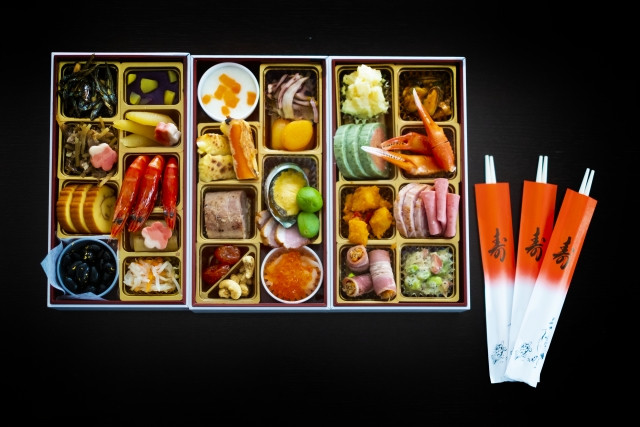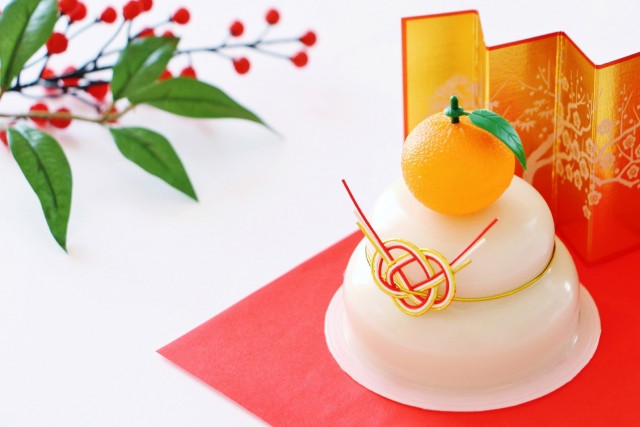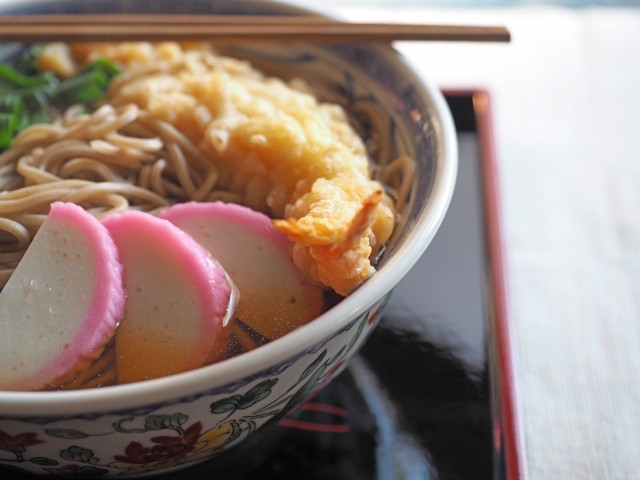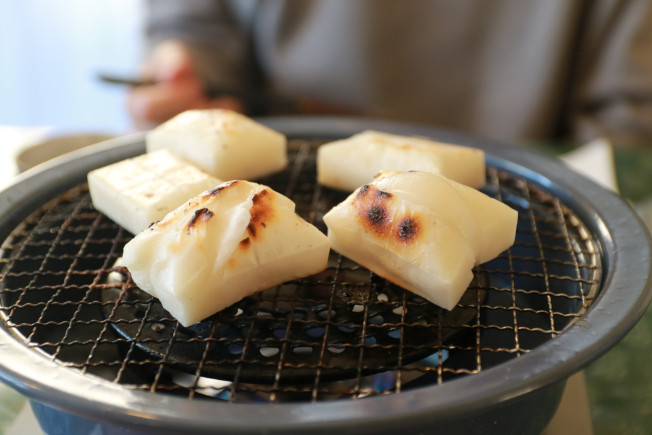Enjoy the taste, and know the history of traditional Japanese new year’s food! From special boxed meals to bitter oranges, eating new year’s food is both symbolic and satisfying. Before you experience New Year’s in Japan, know everything there is about the feast that you will partake.
Table of Contents
- Start the Year Right
- Traditional Japanese New Year’s Food
- Where to Find These Foods?
- Celebrate Through Food
Start the Year Right
Japan is a great travel destination all year round because each season of the year provides tourists unique and memorable experiences. When talking about places to visit during New Year’s, many people would probably think of the major cities in Europe, Australia, and the United States of America to have a grandiose and extravagant celebration. But do you know that Japan is also a great option? One of the best times to visit Japan with your friends and especially your family is the very start of the year.
Japanese call their New Year’s celebration Shōgatsu (正月), and it is celebrated on January 1st of every year. The Japanese New Year is considered the most important holiday of the year in the country, and it is celebrated with joyous festivities and fun-filled Japanese customs and traditions.
Some of the widely observed traditions during Japanese New Year are hatsumode or the “first shrine visit” where families flock in shrines and temples to pay tribute and pray for a fruitful year ahead, waking up early to catch the first sunrise of the year, and many more. So, if you are celebrating the New Year in Japan, you can expect not just a blissful celebration, but also a meaningful and symbolic start of the year!
Writer's Pick
Traditional Japanese New Year’s Food
The Japanese New Year will never be complete without feasts. And yes, Japan has reserved special foods for this significant celebration that are not only delicious but highly symbolic as well. Here are some of the traditional Japanese New Year’s food that you should try out when visiting the country during this time of the year:
Osechi Ryori

In early times, the Japanese believed that people shouldn’t cook on the first three days of the year. Therefore, they started the tradition of preparing and eating preserved foods in the New Year. It was at this time Osechi Ryori, a set of colorful preserved foods stored in lacquered boxes, became popular as a traditional New Year’s food.
Osechi Ryori usually consists of two to five layers in the boxes, but most Japanese prepare two to three layers only nowadays. This traditional food, which is similar to bento boxes, is shared by the entire family during New Year. The various preserved dishes in Osechi Ryori differ depending on the person who prepares them, but each dish is symbolic and important. Some of the dishes symbolize long life, fertility, prosperity, and health.
Osechi Ryori usually consists of preserved dishes like black beans, omelet, shrimp, mashed sweet potatoes, dried fish, fish cakes, and the list goes on.
Toshikoshi Soba
A must-have during New Year’s eve is Toshikoshi Soba. This noodle soup consists of long noodles that symbolize the passing year and longevity. So by consuming this simple, warm and comforting dish, you are praying to continuously enjoy a long life in the year to come. Toshikoshi Soba may also come with different toppings and garnishes, depending on the region and family.
Dai Dai

Dai Dai is a citrus fruit in Japan that comes from the bitter orange family. This fruit symbolizes longevity because it remains unrotten for years if not picked from the tree. Dai Dai is usually found in Japanese homes every New Year on top of their prepared kagami mochi. It is believed that couples can wish for a child by eating this bitter orange on New Year’s Day.
Zoni
Zoni is a soup dish that consists of chicken, fish, or any other meats, vegetables, tofu, and mochi or rice cakes. Zoni itself is believed to bring good luck while the elasticity of the mochi symbolizes longevity. Mochi is eaten separately from zoni as well.
Other Traditional Foods
Aside from those four popular foods, here are other traditional foods that you may find during the Japanese New Year and their symbolism:
-
Kagami mochi (special rice cake symbolizing “yin” and “yang” or the passing and the coming year)
-
Toso (a spiced sake representing happiness and peace)
-
Yakizakana (grilled fish symbolizing a successful career)
Where to Find These Foods?

Since New Year is the most significant holiday in Japan, many shops are closed during New Year’s Day. However, there are a few restaurants that remain open to serve traditional Japanese New Year’s foods. For example, Restaurant 1899 Ochanomizu is open from the 1st to the 3rd and takes reservations for osechi ryori meals. However, you have to make reservations at least 2 weeks in advance at the latest. To eat toshikoshi soba, you can go to shops like Nihonbashi Yabuhisa in Tokyo or Matsuba in Kyoto.
One travel tip for you if you are to visit Japan during the New Year, look for restaurants online that are open during this time of the year, and make reservations in advance. Another is that you can order to-go osechi ryori and other foods to be delivered or picked up in advance as well. And while it may not be traditional New Year’s food, there’s plenty of street food being sold near some major temples and shrines for hatsumode. We also recommend staying in a big city at this time as more shops tend to be open in places like Tokyo or Osaka during the New Year’s holiday, but other places have limited options.
Celebrate Through Food

Get for yourself and your family a one-of-a-kind New Year experience by visiting Japan and immerse in the traditional and meaningful Japanese celebration. A great way to do this is to celebrate through foods that the Japanese people reserve for this symbolic occasion. Try out the various delectable and refreshing traditional Japanese New Year’s food while wishing a bountiful and joyful year ahead.
And to read more about New Year’s Greetings in Japanese, please check out our article:
Start the Year Right; Learn the Proper Japanese New Year Greetings



















.jpg)













